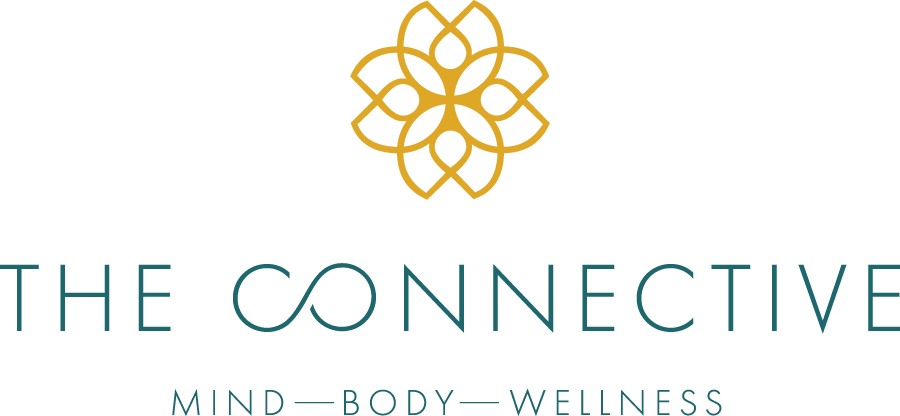QUICK TIPS TO EASE ANXIETY
with Lizzie Owens, MSW
This past year has come with a wide variety of emotions— a lot of them challenging, uncomfortable, painful and overwhelming. Between adjusting to ever changing pandemic conditions, navigating new and shifting stressors, greater isolation and/or figuring out shared spaces, grief and loss, charged political and social environments, and uncertainty about what to expect next, there’s been a lot to feel this year (what a year, huh?). On top of all that, being in the midst of the holiday season often brings even more stress and anxiety to the mix. In addition to the typical holiday stressors, this season may be the first time seeing family or attending group gatherings in quite some time. To help us stay grounded this winter, our therapist, Lizzie Owens, gave us her top tips to help soothe anxiety when things begin to feel like too much. If you or your loved ones are experiencing heightened stress or anxiety, these techniques can help you to nurture a sense of calm and empowerment.
Name what you are feeling
When anxious thoughts or emotions arise, take a moment to recognize and name what you are feeling. The simple act of bringing awareness to and identifying what you are experiencing, can help you to relate to yourself instead of over-identifying with anxiety where it can often start to run the show. You can observe your experience and tell yourself, “Okay, I know what this is, I am feeling anxious right now, this is an emotion, it will pass.” This creates distance between you and the feeling of anxiety, which helps you to empower yourself and step back into the driver’s seat.
2. Remind yourself that anxiety is normal and does not mean you are in danger.
Once you’re aware that you’re feeling anxious, you can remind yourself that anxiety is NORMAL. Although it can be extremely uncomfortable, anxiety itself is not dangerous nor does it mean you are actually in danger, even though it feels that way at times. Anxiety functions to alert us to something that needs our attention so that we can move into action. This is why anxiety can be helpful in motivating us to prepare for things, like a presentation or an exam. Anxiety can also activate our internal alarm system, aka fear. When our bodies have a fear response it can feel like we're in danger, even though we’re not actually in any present danger. Reminding yourself that anxiety doesn't mean you're in danger can help you take a step back and begin to create some room for you to attend to yourself and be able to take a true assessment the situation.
3. Slow Down
When you notice anxiety, SLOW DOWN. It is tempting to want to avoid and distract from anxiety, and most of us tend to speed up because of that alarm system that is going off telling our survival instincts (fight/flight/freeze) to kick in. When you notice anxiety, slow down and notice -- what are you feeling in your body? Is your heart beating faster? Is your chest tight? What thoughts are you having? What were you doing or thinking that brought this feeling forward? Slowing down and acknowledging physiological sensations and anxious thoughts can help bring awareness to your experience, help your body to recognize that it’s not in danger, and support you in bringing greater mindfulness to your situation.
4. Shift Attention
From here, practicing shifting your attention to a valued task can be a useful tactic. Rather than trying to get rid of anxiety, you can consider what you might be doing if you weren't so anxious. If you're working, maybe you can shift your attention to that. Or you can ask yourself what truly needs to get done— anxiety has a way of making it seem like everything is an urgent matter, when it actually can wait. Know that it's okay if anxiety lingers. Keep practicing being present with something that is important to you. As you do this, be compassionate with yourself and this practice. This practice might sound simple but it isn't always easy.
5. Diaphragmatic Breathing
Another strategy for managing anxiety is diaphragmatic breathing. Focused breathing can be used to manage states of physiological arousal by relaxing the body, helping your body to recognize that it’s not in danger. To do this exercise, place one hand on your belly and one hand on your chest. Breathe in through the nose to a count of six, pause at the top, and slowly exhale out the nose to the count of six, noticing your belly move as you breathe in and out. To ensure you are breathing from your diaphragm, you will notice the hand on the belly (not the chest) moving as you breathe. Imagining the rise and fall of a wave can be helpful in maintaining a slow and steady rhythm.
6. Healthy Habits
Last, but not least, maintaining regular healthy habits, such as getting plenty of sleep, exercising, limiting caffeine and alcohol, and eating well-balanced meals can all help with managing anxiety. Anxiety tends to be a bully and can easily sneak in, especially if our resources are low.
Lizzie Owens, MSW, is passionate about making her clients feel safe, supported, seen, and understood. She draws from a wide range of modalities, including Cognitive Behavioral Therapy, Acceptance and Commitment therapy, and emphasizes mindfulness and self compassion. If you are interested in working with Lizzie, contact us at hello@wellspacesf.com or give us a call at (415) 632-1010.


